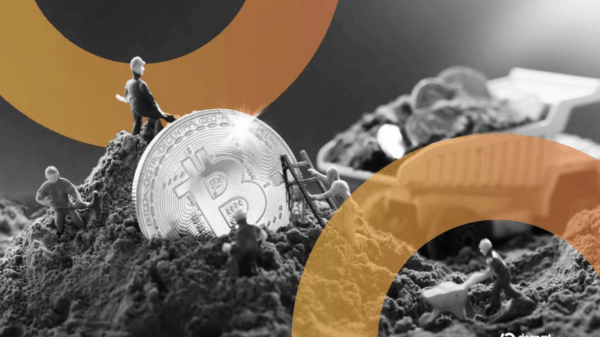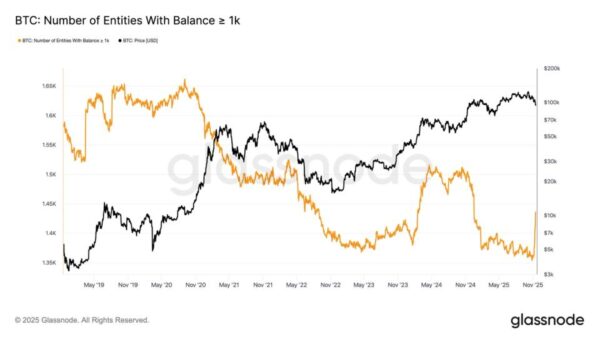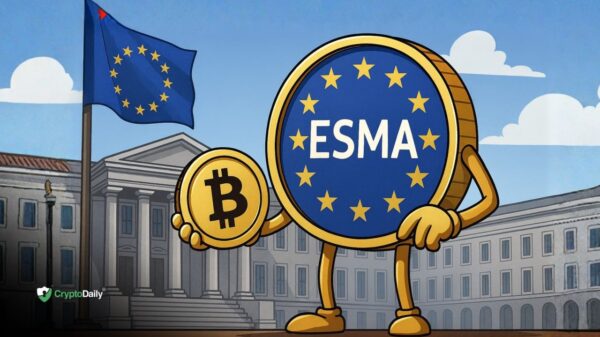A recent report from Aleo has unveiled a startling reality regarding the use of stablecoins in institutional finance. Over the past two years, institutions have transferred an astonishing $1.2 trillion in stablecoins without employing any privacy protections. This revelation raises significant concerns about the lack of confidentiality in these transactions, making them fully visible on blockchain explorers.
The report, titled “Stablecoin Privacy Gap Report 2025,” highlights a critical disconnect in the behavior of financial institutions as they transition into the cryptocurrency space. Despite the massive volume of transactions, only $624 million was funneled through privacy protocols during the same timeframe, and notably, no institutional participants engaged with these privacy-enhancing technologies.
One primary reason behind this hesitance is regulatory uncertainty. Institutions are wary that utilizing privacy features could attract unwanted regulatory scrutiny or compliance issues. Other factors contributing to this trend include the historical lack of robust, institutional-grade privacy solutions and a prevailing emphasis on transparency dictated by existing compliance mandates.
However, the landscape is beginning to shift. New privacy-focused stablecoins are now emerging, such as PayPal”s PYUSD, which has introduced confidential transfer capabilities, and Paxos”s USAD, designed with privacy in mind. Experts at Aleo anticipate that as these solutions gain traction, institutional funds will begin migrating to these privacy-enhanced options in the near future.
This shift towards adopting stablecoin privacy solutions is not merely a trend; it signifies a crucial evolution in how institutions will interact with digital assets. The ability to maintain privacy while complying with regulatory requirements may facilitate broader cryptocurrency adoption among traditional financial entities.
Aleo”s report posits that once notable institutions begin to embrace these privacy solutions, a domino effect may ensue, prompting others to follow suit in order to remain competitive.
As the market evolves, the implications of the stablecoin privacy gap extend beyond mere operational efficiency. Institutions require adequate privacy measures not only to safeguard their trade strategies and client information but also to protect their competitive edge. Without these precautions, they risk exposing sensitive transaction details to competitors and malicious actors.
In conclusion, the findings from Aleo underscore the urgent need for compliant privacy solutions in the stablecoin space. The anticipated migration towards these technologies could mark a pivotal moment for institutional cryptocurrency adoption as the sector seeks to balance transparency with the essential need for privacy.





































































